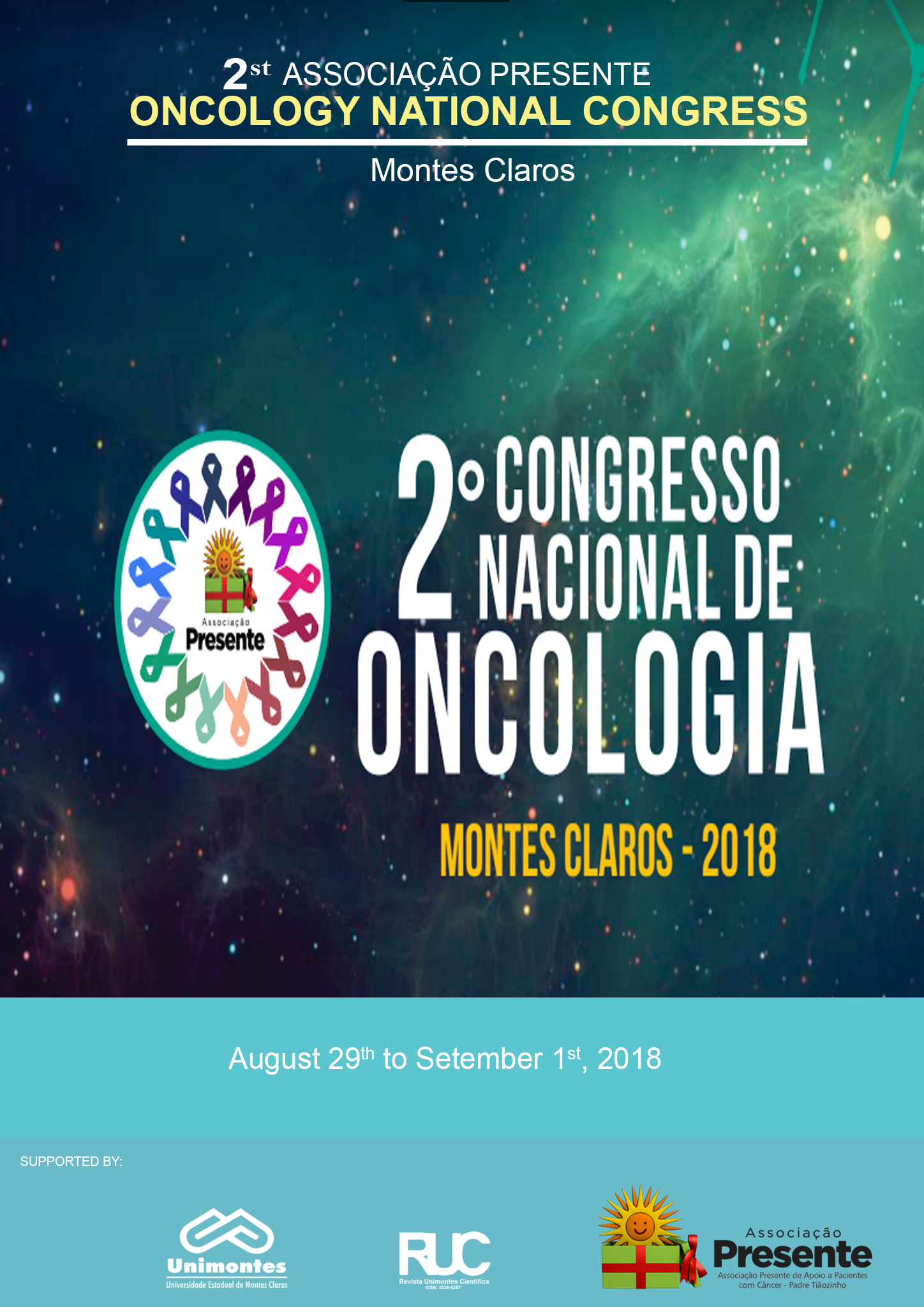Epidemiological analysis of skin cancer in Montes Claros-MG according to sex and occupational situation
Keywords:
Skin Neoplasms; Melanoma; Ultraviolet rays; Neoplasias cutâneas; Melanoma; Raios ultravioletas;Abstract
Abstract: Skin cancer is the most common type of cancer. In a tropical country like Brazil, with high solar incidence all year round, it becomes even more frequent. Non-melanoma skin cancer is the one with the highest incidence in Brazil, accounting for 25% of all malignancies registered in the country. Some of the risk factors for the development of cutaneous cancer are: sun exposure, radiation exposure, age, gender (male gender), fair skin etc. Objective: Given the importance and high incidence of this pathology in the population, this study seeks an epidemiological analysis of skin cancer in Montes Claros-MG according to gender and occupational situation variants. Methodology: Descriptive analysis, retrospective and cross-sectional design in the data collection, as well as this quantitative approach was undertaken. The data source was the Cancer Hospital Registry Integrator (RHC) present on the electronic website of the National Cancer Institute (INCA). Results: A total of 1306 individuals with a diagnosis of skin cancer were analyzed, being 696 females (53.3%) and 610 males (46.6%). The majority of reports of cutaneous neoplasms occurred in the year 2010 (n=114), the involvement between the sexes did not present difference during the years contemplated by the study. Among the professions present in the database, it was possible to observe a higher percentage of skin cancer in agricultural workers (34,68%). Conclusion: The data presented highlight the need to intensify the public policies aimed at informing these workers who are more affected.












